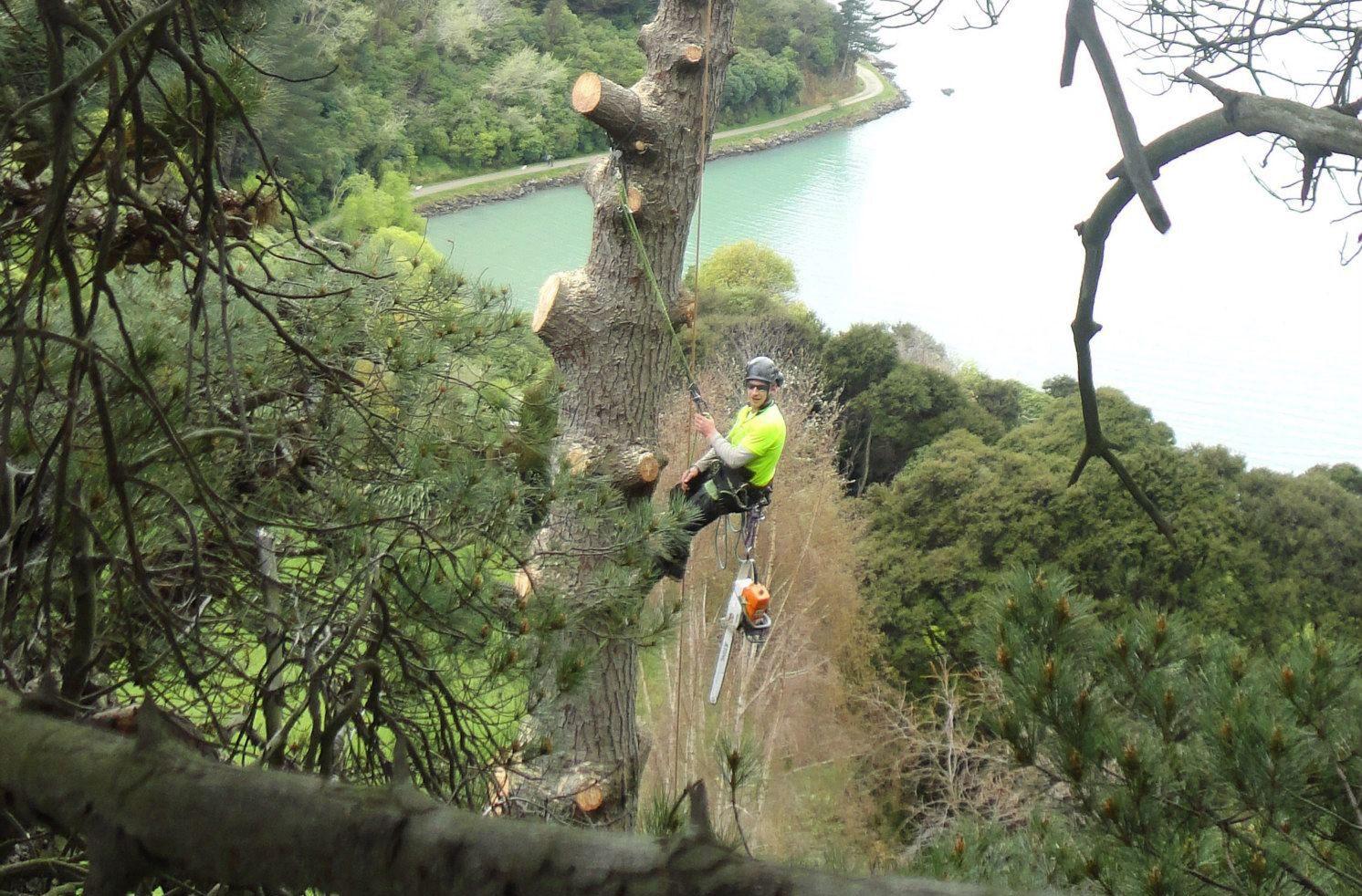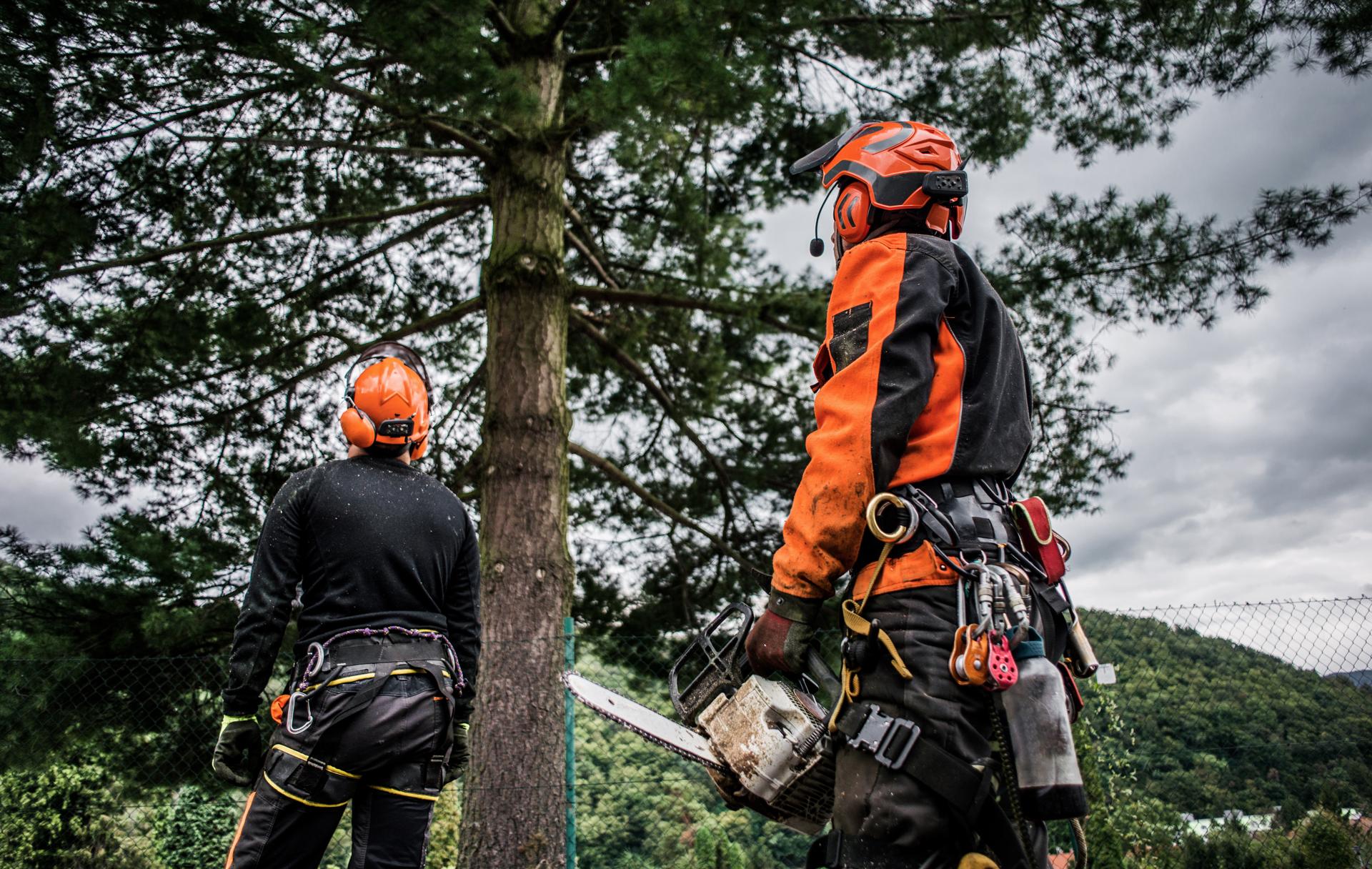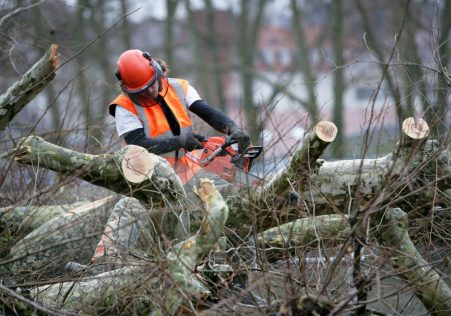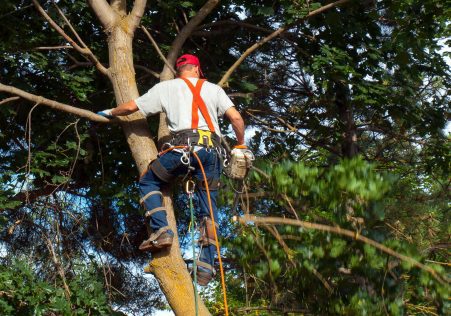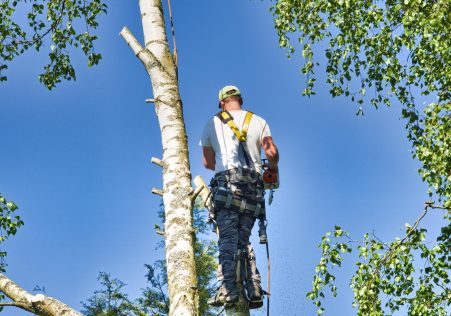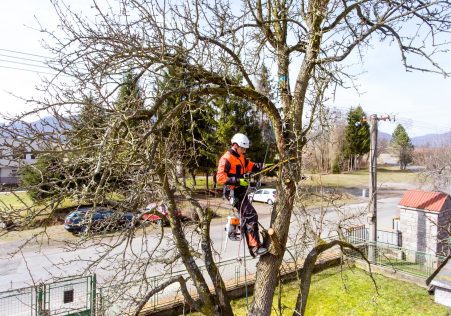The Long-Term Survival of Tree Roots Following Tree Removal

Tree removal is a crucial job for many property owners, however, it’s not as easy as cutting off the branches and leaving the root to decay. Knowing the life span of the tree’s roots is essential in ensuring that the removal process is completed properly and safely. This article we’ll examine the duration that tree roots live after a tree is removed and address some of the most frequently asked concerns about this subject.
How long do the tree’s roots last after cutting them down?
The time span for the roots of a tree after it is cut down may differ greatly based on the kind of tree, the length of the roots, as well as the environment conditions. In general, it is safe to assume that tree roots will continue to live for many years after a tree has been cut down. This is due to the fact that the roots remain capable of absorbing moisture and nutrients from the soil long after the plant is removed.
The factors that determine the longevity of Tree Roots
There are several aspects that impact the length of time that tree roots last after a tree has been removed. A few of them are the species of trees There are certain species of trees that possess roots which are much more robust and longer-lasting than others. For instance the oak tree’s roots have been known to live for several decades after the tree is taken down. Dimension of roots The bigger the tree’s root system is, the longer they’ll likely remain after the tree has been taken down. This is because larger roots are able to absorb water and nutrients from the soil. Environment conditions: The soil type, temperature, and moisture levels in the area in which it was cut could influence the lifespan and longevity of roots. When the soil becomes dry, compacted and degraded the roots will decay more quickly. If the soil is well-drained and moist, it will be longer lasting for the roots.
What happens to the tree Roots Following the cutting?
When trees are cut down the roots slowly begin to decompose. The process could take several years, depending on the factors discussed above. During this time the roots slowly discharge nutrients to the soil, which could be beneficial for other plants that are in the vicinity. After the roots have completely gone through their decomposition, they will not pose a risk to structures or landscapes around them.
FAQs:
Can tree roots regrow after cutting down?
The roots of trees cannot regenerate after a tree has been cut down. Once the roots are removed, they slowly begin to break down and not be able to growing again.
Will tree roots continue to grow after cutting down?
No, tree roots won’t remain growing after a tree is removed. However, they will remain alive for a number of years, as they’re still capable of absorption of nutrients and moisture in the soil.
Will tree roots continue to grow after the cutting?
No, tree roots will not continue to spread after a tree has been removed. Once the tree has been removed, the roots will slowly begin to decompose and cease to pose a threat to surrounding structures or landscapes.
Conclusion:
In conclusion, the longevity of tree roots after the tree is cut down can vary greatly dependent on a variety of factors. Knowing the duration that tree roots will live is vital to ensure that the removal of trees is completed in a safe and secure manner. If you have trees that need being removed it’s recommended to employ an expert Christchurch Tree Services arborist to carry out the job. Our highly trained and experienced arborists have the tools and know-how to safely and effectively remove trees and address any concerns regarding the longevity that the tree’s roots. Contact us today by phone at 0800 500 738 to schedule a consultation and learn how we can help you remove trees within Christchurch. Don’t risk damaging your property or putting yourself in danger by attempting to remove a tree on your own. Let the experts at Christchurch Tree Services handle all of the tree removal requirements.

